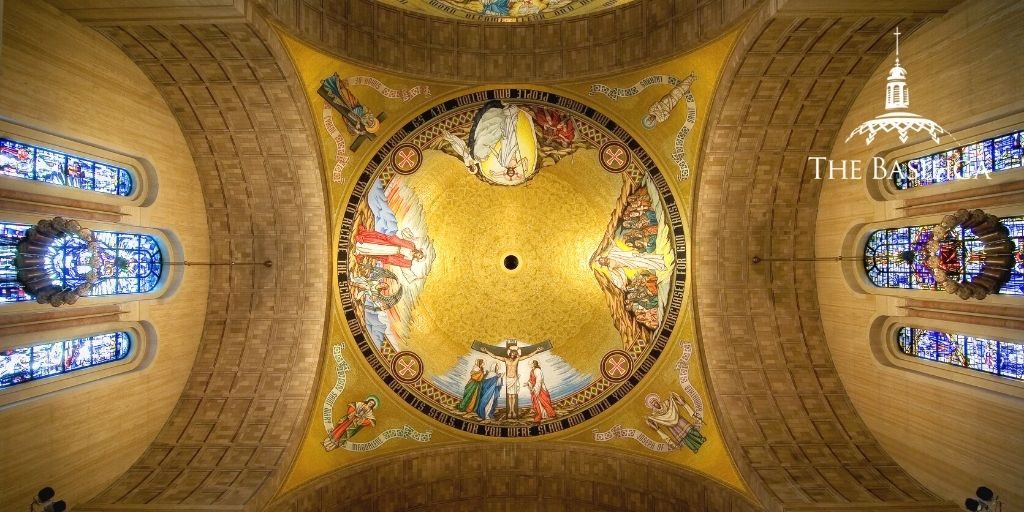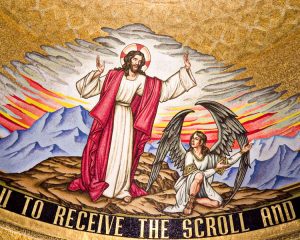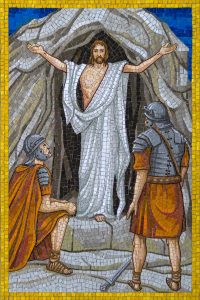
As we continue to observe the Lenten season, the priests of the Basilica discuss the practices that we associate with Lent, why we do them, and why they are important. In this reflection, Father Weston discusses why the Sundays of Lent are not fast days, why Lent lasts for 40 days, why we associate purple with Lent, and more. We hope that this series will inform your devotion as you observe Lent and help you better prepare your heart for Easter and the celebration of Christ’s resurrection!
Why are Sundays not considered fast days during Lent?
In the Constitution on the Sacred Liturgy of the Second Vatican Council, Sacrosanctum Concilium 106, we are reminded that Sunday is the Lord’s Day — a day of joy and celebration because of the Lord’s Resurrection from the Dead. Additionally, as noted in the Universal Norms on the Liturgical Year and the Calendar, Sunday is considered the “primordial feast day” of the week. Thus, our penitential act of fasting is set aside for the day.
Why does Lent last 40 days?

In Sacrosanctum Concilium, we are taught that the Season of Lent has a two-fold purpose. First, Lent is the season of preparation for catechumens, those who will enter into full communion with the Church by the reception of the Sacraments of Initiation at Easter. During this time of preparation, catechumens draw deeper into prayer and devotion as their day of initiation comes closer.
Second, the Season of Lent is a time for all the people of God to prepare our hearts and our souls for celebrating the Passion, Death, and Resurrection of the Lord during Holy Week and Easter. We accomplish this through penance, more intense prayer, and attentively listening to the Word of God. The Season of Lent lasts for 40 days because Jesus spent 40 days in the desert fasting and praying as he faced temptation from the devil. Thus we also fast and pray for 40 days to imitate his example, seeking to draw nearer to God. (Matthew 4, Mark 1, and Luke 4).

Why do we associate the color purple with Lent?
The General Instruction of the Roman Missal lists the use of six liturgical colors which follow the cyclical nature of the Liturgical Calendar of the Church. Added in 1570 following the Council of Trent, the color purple represents the penitential and preparatory nature of the Season of Lent. This practice is demonstrative of how the Church strengthens our liturgical encounters with the Divine through sensorial practices. For example, incense that is used at Mass not only heightens our experience and purifies, but also serves as a reminder of the prayers of the people being lifted to the Heavenly Throne, as the word of the Psalmist says “Let my prayer be incense before you.”- Psalm 141:2.
Why is Holy Week so important?
The central mystery of the Liturgical Year is the Paschal Mystery – that is, the Passion, Death, and Resurrection of the Lord. With the celebration of Mass on Palm Sunday, Holy Week begins, and the faithful enter into the most solemn observance and “remembrance” of this great and central mystery of our faith. The 40 days of Lent prepare the faithful to enter into the Paschal Mystery in an immediate and deeper way.

